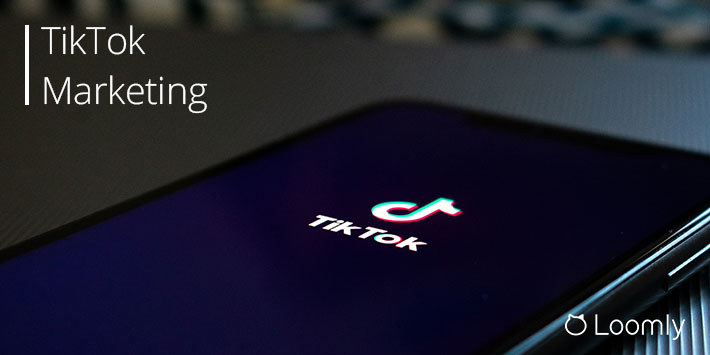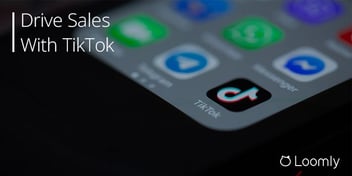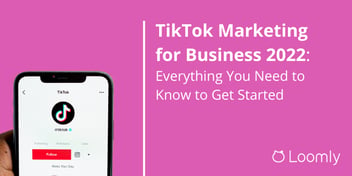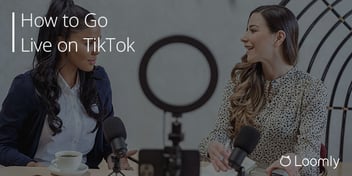TikTok Marketing: The Definitive Guide
TikTok was one of the fastest-growing apps of 2019.
The social video platform generated more than 738 million downloads, an increase of 13% on the previous year, finishing just behind WhatsApp.
Global revenue also increased fivefold from 2018 to reach $177 million.
But is it time for your brand to embrace this new platform?
In this guide, you’ll learn what TikTok is, who uses it, and how your brand can harness its power in 2020.
Let’s start!
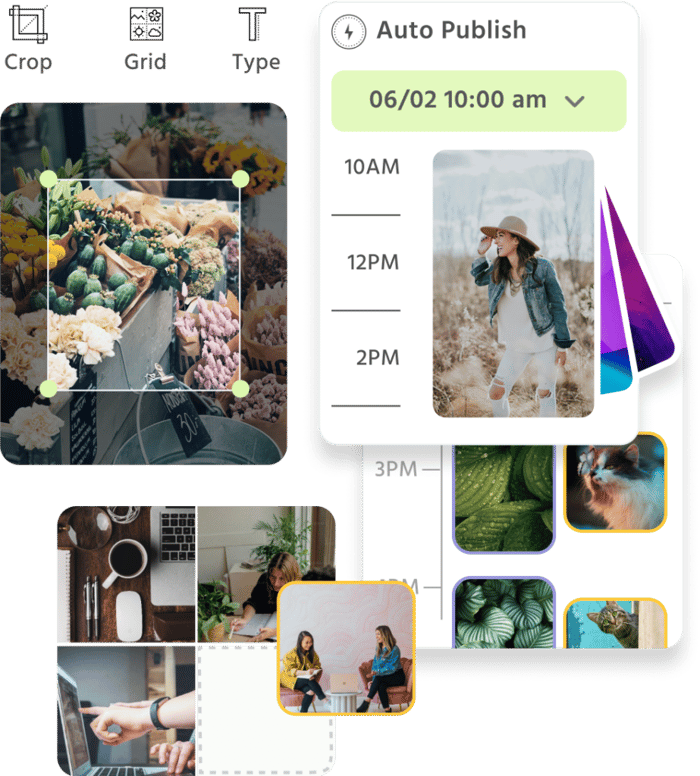
Manage all your social media accounts in one place.
Craft, schedule, & auto-post content to all your social channels, then track analytics and manage interactions from a single, easy-to-use dashboard.
What is TikTok?
TikTok – also known as Douyin in China – is a social media app for creating and sharing short, looping 15 or 60-second videos. Similar to Snapchat, you can add musical overlays, sound effects, visual effects and captions.
TikTok’s Background
In 2017, Chinese tech firm Bytedance acquired Musical.ly. And by August 2018 had merged it with their existing social platform called TikTok.
Since then, TikTok has gone from strength to strength and is available in 155 countries and 75 languages.
According to quarterly download figures from Sensor Tower, TikTok has grown each quarter, except for Q2 2019 when it was temporarily banned in India:
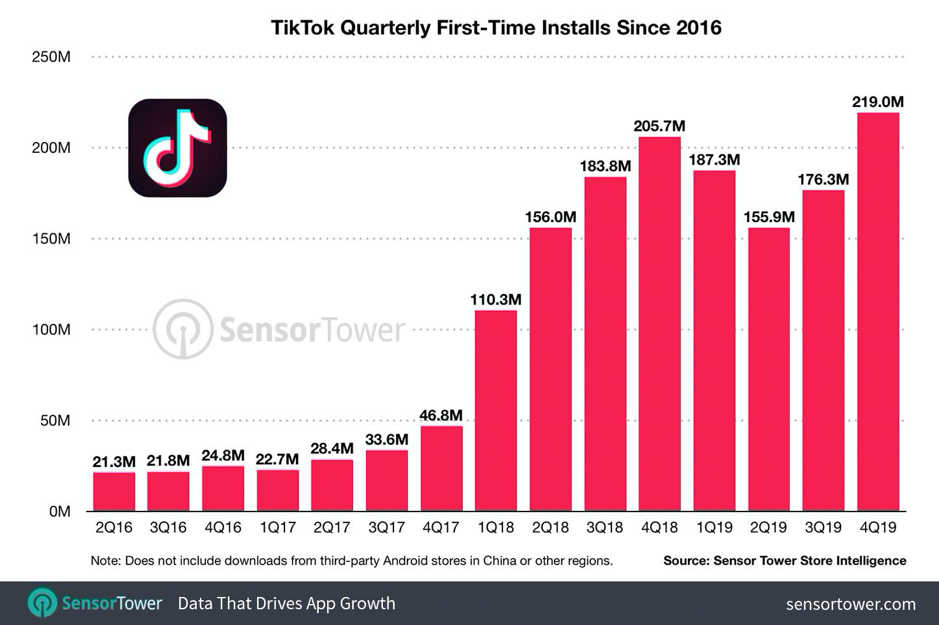
In fact, India accounts for 44% of all downloads, followed by China with 7%, and then the US with 6%.
Overall, TikTok hit 1 billion downloads by February 2019, and reached 1.65 billion downloads by the end of the year.
TikTok also generated $176.9 million in 2019, helped significantly with a steep rise in Q4 with users spending $88.5 million.
China remains TikTok’s biggest spender with 69% of the market share, followed by the US with 20%, and the UK with 2%.
So what is it that makes TikTok so appealing?
TikTok’s Content Style
TikTok combines the musical overlay features of Musical.ly with the short-looping video style of Vine, and is most popular with youngsters in their teens and twenties. The content is raw, light-hearted, and comedic, making it one of the most entertaining social channels.
Here’s a taste of the content you can find on TikTok:
Here are some of the ways creators use TikTok’s features:
- Music videos – the Musical.ly roots are still there with people lip-syncing to their favorite tunes, while others post original content.
- Duets – staying on the musical theme, the duets feature allows users to record a music video reply to a post using the same music.
- Comedic clips – many posts are aimed at getting laughs, and often feature cringe-worthy content with users poking fun at themselves.
- Visual effects – creators make the most of the built-in visual effects, including overlays, transition effects, filters, playback speeds, text options, and sounds.
- Sound effects – creators can add sound to their videos from an extensive library of licensed music and user-created recordings. But once a video is posted, TikTok users like to put their own spin on the original, often adding more comedic elements.
- Hashtag challenges – like other social media platforms, TikTok users add hashtags to their posts for discoverability. But TikTok also has regular hashtag challenges where users have to record a video of themselves doing something unique or unusual to join the challenge.
For example, here’s a clip from The Tonight Show where host Jimmy Fallon talks about the TikTok app and encourages fans to compete in his #tumbleweedchallenge:
Over one week, TikTok users created 8,000 videos featuring the hashtag, resulting in 9 million views.
TikTok’s Audience
As mentioned earlier, TikTok is most popular with young people.
According to App Ape, as of January 2020, users in their teens accounted for 37.2% of TikTok’s active accounts in the US, followed by users aged 20 to 29 years with 26.3% of the video-sharing app’s user base on the Android platform.
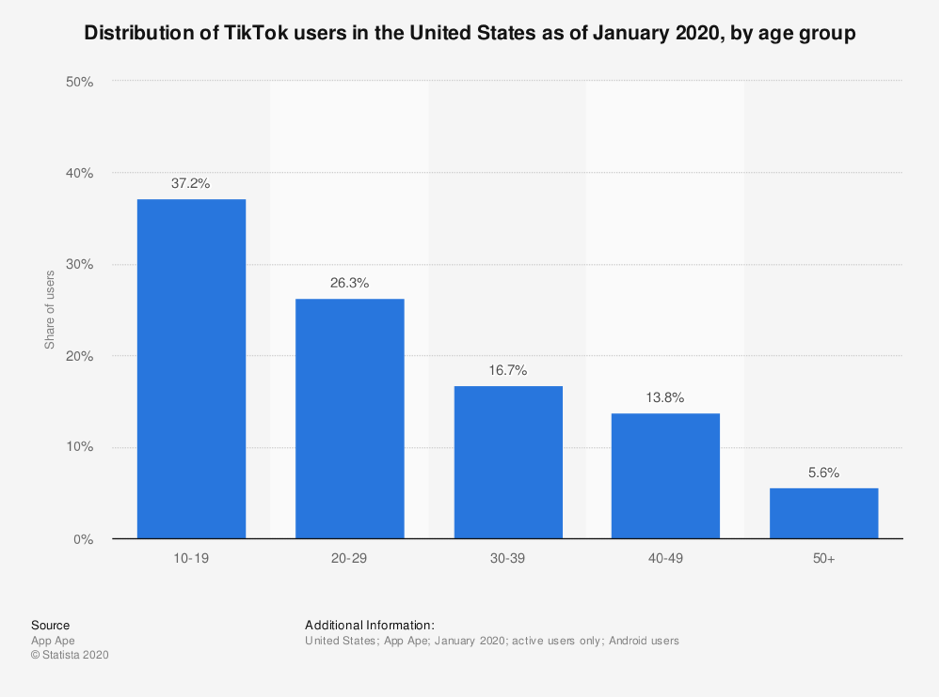
Further research showed that 27.5% were heavy users (accessing the app for more than two-thirds of a month), and 36% were light users (accessing the app one-third of a month).
Engagement on TikTok
When it comes to engagement stats, there are several different estimates.
Apptopia’s calculation – determined as the percentage of monthly users who open the app every day – reckoned TikTok’s average engagement rate is a low 29%, compared to Facebook (96%), Instagram (95%), and Snapchat (95%).
Cloutmeter uses a more recognized measure of Engagement Rate – the percentage of people that engage (like, comment, share, etc.) with a piece of content (a video, an image, etc.) based on the total amount of followers.
After analyzing more than 10,000 profiles, Cloutmeter found that engagement rates vary according to the number of followers. For instance, profiles with less than 1,000 followers had an engagement rate of 144.9%, whereas profiles with 100,000 – 500,000 followers had an engagement rate of 5.9%. Overall, they calculated the average engagement rate on TikTok was 52.1%.
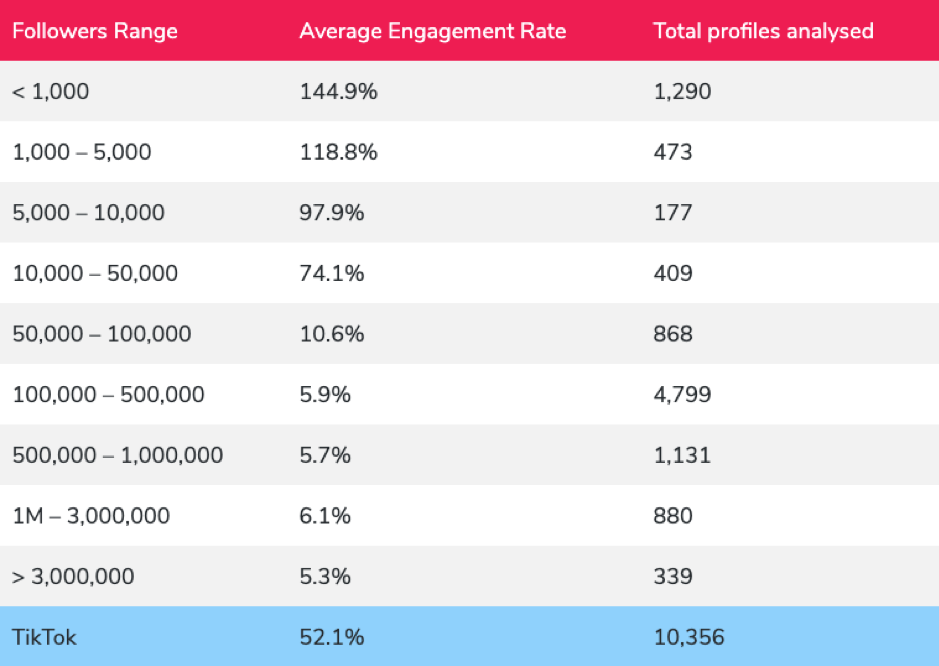
Another study by The Influencer Marketing Factory of 15,000 profiles also showed there were different engagement rates based on the number of followers. But figures this time were much lower than those calculated by Cloutmeter.
Who is TikTok for?
TikTok is for everyone.
But right now, it’s the Generation Z and younger Millennials who use the platform most. According to eMarketer, most TikTok users are in the 13 to 22 age range:
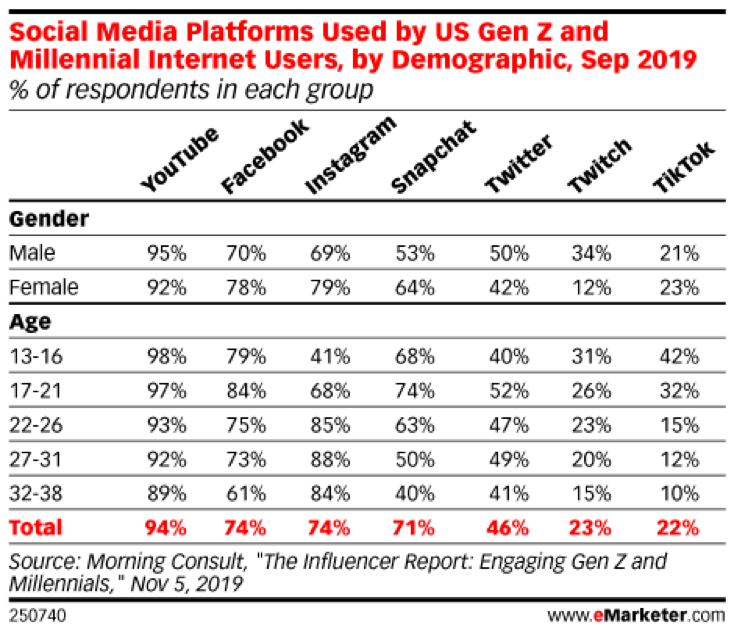
Further data from Ape App reveals TikTok’s global users are 55.6% male and 44.4% female.
TikTok is particularly well-suited for your brand when:
- Your target audience is younger than 35.
- You can demonstrate your products visually.
- Your brand has a casual, fun, and relaxed vibe.
- You can create fun, entertaining, and challenging content.
- You have the resources (staff, budget, etc.) to be able to add another channel to your mix.
So far, brands on TikTok have been tremendously successful at using the platform to generate brand awareness and they come from a diverse range of industries and niches including:
- Musicians
- Food outlets
- Sports teams and organizations
- Colleges and universities
- Newspapers
- Lawyers
Let’s take a look at some brands who are killing it on TikTok.
3 Successful TikTok Campaigns
Here are three successful TikTok campaigns from three distinct brands.
1. Chipotle
The popular Mexican restaurant chain, Chipotle, publishes different types of content such as music and memes to highlight menu items. In 2019, they launched their hashtag challenge, #ChipotleLidFlip, which received over 104 million views, 111,000 video submissions, and over 59,000 participants during the campaign.
2. NBA
The NBA uses their TikTok account to show the lighter side of their organization. For example, they post videos of players working out to music or dancing on the court. Or even Benny the Bull getting ready for his #allstarmoment during the NBA All-Star:
While its Instagram account focuses on stats and game highlights, their TikTok account makes use of the fun, musical features for more relatable content.
3. e.l.f. Cosmetics
elf Cosmetics had tremendous success with their sponsored #eyeslipsfacechallenge challenge, and was the first sponsored brand to hold the #1 trend spot on TikTok.
The campaign, which also included an original song composed for the platform, currently has 12.9 million views. It also broke the record for the most user-generated videos in a TikTok brand campaign.
How to Harness the Power of TikTok in 2020
Although TikTok has been around a couple of years, it’s still “young” in marketing terms, which means brands still have the chance to embrace TikTok as an early adopter.
But, if you’re keen to use the power of TikTok, then you’ll have to create content that’s suited to the platform, such as fun and quirky videos, and aimed at its young audience.
How to Use TikTok as a Brand
There are three ways that your brand can market on TikTok:
- You can create your own channel and upload relevant videos.
- You can work with influencers to spread content to a broader audience.
- You can run ad campaigns on TikTok.
As advertising on TikTok is still in beta, most brands use a combination of running their own channels and working with influencers to spread content to a broader audience.
5 Ways to Optimize Your Content on TikTok
Here are five ways to optimize your content and grow your audience on TikTok.
1. Hashtag challenges
As we’ve seen already, hashtag challenges are an excellent way of generating brand awareness and increasing followers.
Guess was the first brand to launch a hashtag challenge on TikTok. For the #InMyDenim challenge, users had to film themselves in unusual places, while wearing Guess’ new denim line, and use the Bebe Rexha’s “I’m A Mess” song as the music overlay.
Getting users to promote your products through a challenge builds brand awareness and encourages new customers to buy your products.
And unless you already have a popular TikTok channel, it’s probably best to work with influencers to kickstart your hashtag challenge.
2. User-generated content
TikTok’s young Gen Z audience loves to get involved and experience products. That’s part of the appeal with hashtag challenges.
If you can find a way of encouraging your existing fans and customers to share videos of themselves using or interacting with your products, you’re likely to attract more followers.
For example, Chinese restaurant Haidilao added a DIY option to its menu, and filmed customers creating their original off-menu dish. Once customers started uploading their experience to Douyin (the Chinese version of TikTok), others wanted to visit the restaurant and have a go.
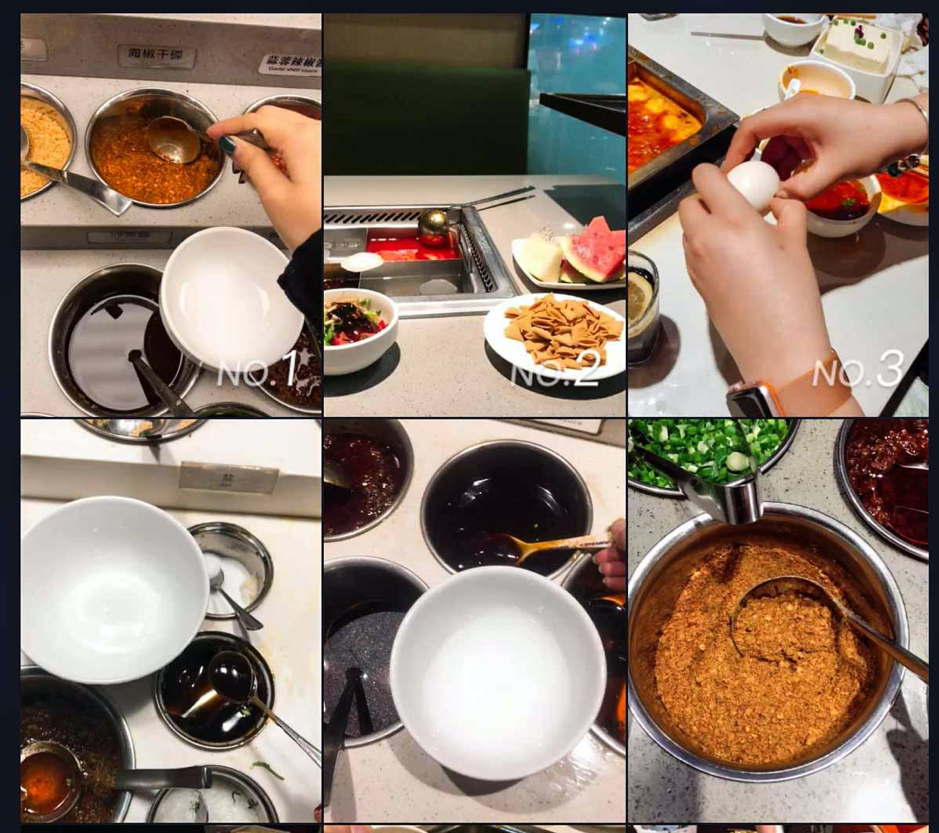
Over time, more than 15,000 people requested the DIY option, 2,000 uploaded videos of their DIY creations, and 50 million people viewed the videos.
As with hashtag challenges, you could work with influencers and get their followers to create user-generated content (UGC) supporting your brand.
3. Influencer marketing
As we’ve touched on already, you can use influencer marketing on TikTok as you might do on other visual platforms such as YouTube and Instagram. As long as your product matches the influencer’s audience, you should have some success.
Let the young broadcasters create their natural, raw, authentic content so that it appeals to their audience. Remember, TikTokers are interested in original, fun videos rather than highly-polished, overproduced videos you may use elsewhere.
4. TikTok advertising
It’s still early days for TikTok advertising, but it’s likely to become (much) more popular in the next few years. For the time being, TikTok’s beta advertising program is only offered on a CPM basis (cost per thousand impressions).
To get started, you’ll have to create an Ad account, complete your details, and wait for a rep to approve. Once you’re accepted, you can create ads in a similar way to other social platforms. For instance, you can define your campaign objective, set your budget, and select targeting rules based on location, age, gender, languages, interests, devices, and more.
You can choose from the following types of TikTok Ad:
- Brand takeovers – a full-screen ad that appears when a user first opens the app. For example, the Too Faced ‘Lip Injection Extreme’ lip gloss in the UK.
- In-feed ads – native ads placed either at the bottom of organic TikTok videos or in the video feed. For example, the Maybelline Volum Express Hypercurl Mascara music video in Japan.
- Hashtag challenges – partner with TikTok’s marketing team to create a sponsored hashtag challenge that encourages users to share content about your product or brand. For example, the Guess #InMyDenim Hashtag Challenge in the US.
5. Social commerce
In November, TikTok also started testing a beta program for shoppable video posts. Similar to Instagram, creators will be able to place social commerce links in their posts that users click and then make an in-app purchase.
TikTok Marketing In A Nutshell In 2020
TikTok is the fastest-growing social media platform and offers marketers the chance to reach a vibrant young audience in a completely different way compared to other social networks.
Right now, there aren’t too many marketing “rules” or “must-follow” guides. It’s all about experimenting and trying new things.
To sum up, when you’re creating and posting your videos, remember to:
- Make use of the musical overlays, visual filters, and special effects.
- Make your content light-hearted and funny.
- Use hashtags and hashtag challenges to get more engagement.
- Use influencers to create authentic content that showcases your product.
